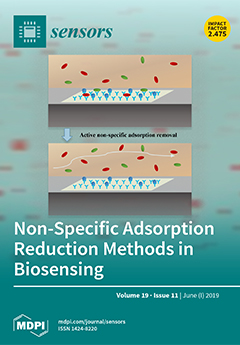Accurate measurement of the downwash flow field of plant protection unmanned aerial vehicles (UAVs) is essential for analyzing the spatial distribution of droplets. To realize on-line rapid detection of the downwash flow field of a multi-rotor UAV, a flexible polypropylene detection device based
[...] Read more.
Accurate measurement of the downwash flow field of plant protection unmanned aerial vehicles (UAVs) is essential for analyzing the spatial distribution of droplets. To realize on-line rapid detection of the downwash flow field of a multi-rotor UAV, a flexible polypropylene detection device based on the principle of full bridge strain effect was proposed. Its performance principle was based on the physical deformation caused by wind pressure. The Fluid Flow and Static Structural modules of ANSYS 16.0 finite element software were used to simulate one-way fluid-solid coupling interaction. The surface of the resistive strain gauge embedded in the flexible detecting structure responded well to wind speed variation, hence it was suitable for downwash airflow wind field detection. By solving the strain force on the surface of the flexible detection structure, the length and layout of the grating wire of the strain gauge on the surface of the flexible detection structure were optimized. Meanwhile at 4 m·s
−1 wind speed, the output voltage at varied bridge flexible acquisition systems in the acquisition card was measured. Results indicated coefficient of variation of 3.67%, 1.63% and 1.5%, respectively, which proved the good data acquisition consistency of the system. Through calibration test, the regression equation for the relationship between output voltage and wind speed for three unique sensor signal measuring circuits was established. The determination coefficients
R2 for single bridge, half bridge and full bridge circuits were 0.9885, 0.9866 and 0.9959, respectively. In conclusion, by applying the multi-rotor plant protection UAV test platform, the results indicated the maximum relative error of the wind speed at each sampling point of the system at 1.0 m altitude was below 5.61%. Simulated and measured value had an
RMSE maximum error of 0.1246 m·s
−1. Moreover, downwash airflow detection not only has high accuracy but also has high sensitivity. Thus, there is convenience and practicability in the plant protection offered by this approach. The rapid measurement of UAV wind field and the established two-dimensional wind field model can provide a basis for precise application of agricultural aviation.
Full article






